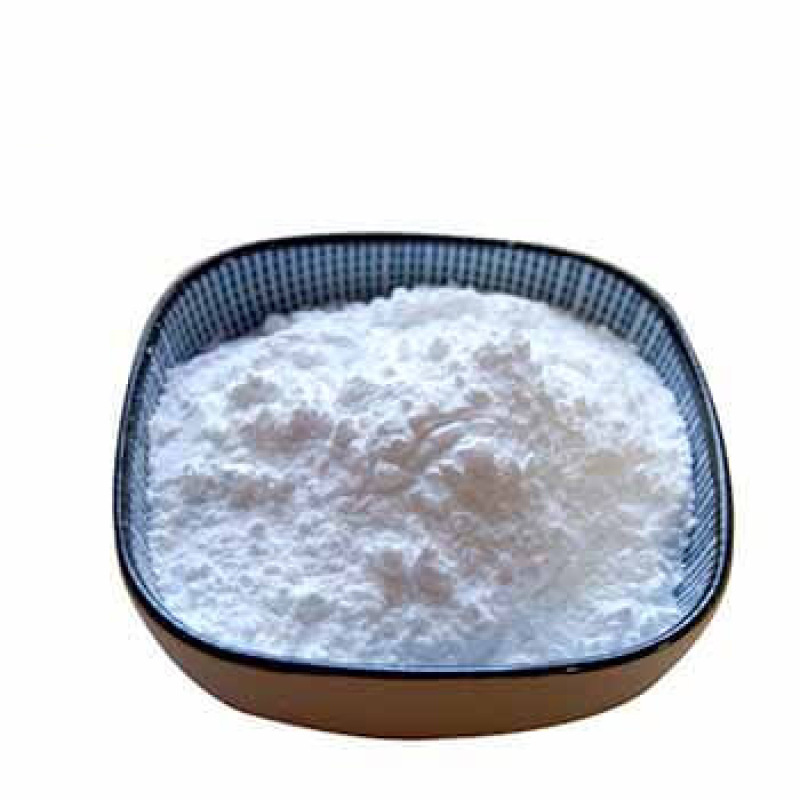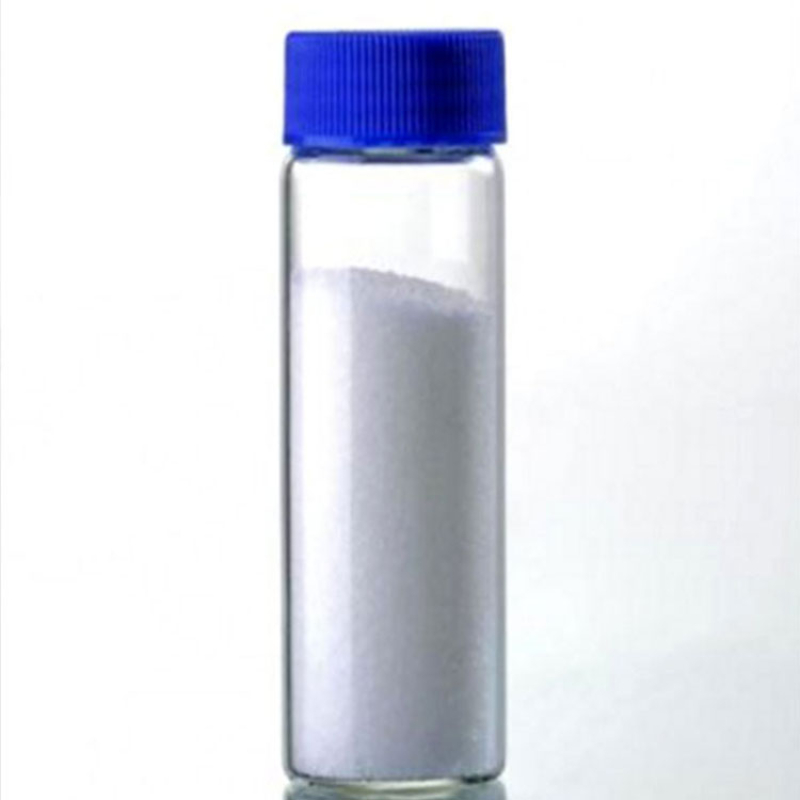2'-Hydroxyacetophenone CAS#118-93-4Overview:2'-Hydroxyacetophenone, also known as ortho hydroxy acetophenone, is an organic compound with the chemical formula C8H8O2 and the CAS number 118-93-4.This light yellow liquid is recognized for its diverse applications in various industries, including pharmaceuticals and fragrancesProduct Specifications:Molecular Formula: C8H8O2Molecular Weight: 136.15 g/molAppearance: Clear yellow to brown liquidMelting Point: 4 to 6°CBoiling Point: 213°C at 717 mm HgDensity: 1.131 g/mL at 25°CRefractive Index: 1.558 at 20°C
Contact Now
Products Description of 4'-HydroxyacetophenoneCAS#99-93-4Since p-hydroxyacetophenone contains hydroxyl and ketone groups on the benzene ring in its molecule, it is often used as an intermediate in organic synthesis to react with other compounds to synthesize many important substances.
Contact Now
Products Description of Potassium methoxideCAS#865-33-8Potassium methoxide is an alcohol salt of methanol and potassium counter ion, and is used as a strong base and catalyst for transesterification reactions, especially for the production of biodiesel. Potassium methoxide includes liquid potassium methoxide and solid potassium methoxide. The liquid product is a colorless or slightly yellow, viscous methanol solution with a potassium methoxide content of about 28%-32%; the solid product is a light yellow powder with a potassium methoxide content of about 95%-97%.
Contact Now
Products Description of Lidocaine CAS#137-58-6Lidocaine exerts its local anesthetic effect by reversibly blocking sodium channels and blocking the transmission of action potentials on nerve fibers. Sensory nerve fibers are blocked earlier than motor nerve fibers, so low doses of lidocaine can exert selective sensory blocking effects. Lidocaine also has antiarrhythmic effects and belongs to Class Ib antiarrhythmic drugs. It can reduce ventricular rate, shorten action potential time and absolute refractory period, and prolong relative refractory period.
Contact Now
Products Description of Quercetin CAS#117-39-5Yellow needle-shaped crystalline powder. It is heat stable, with a decomposition temperature of 314°C. It can improve the light resistance of pigments in food and prevent the change of food flavor. It will change color when it encounters metal ions. It is slightly soluble in water and easily soluble in alkaline aqueous solution. Quercetin and its derivatives are a class of flavonoid compounds widely found in various vegetables and fruits. Such as onions, sea buckthorn, hawthorn, sophora japonica, tea, etc.
Contact Now
Products Description of L-Arginine-L-Aspartate CAS#7675-83-4L-Arginine L-aspartate Chemical PropertiesMelting point 220-221 °Cstorage temp. 2-8°Csolubility Very soluble in water, practically insoluble in alcohol and in methylene chloride.color White to Off-WhiteStability:HygroscopicLogP-1.287 (est)CAS DataBase Reference7675-83-4(CAS DataBase Reference)EPA Substance Registry SystemArginine aspartate (7675-83-4)Product Application of L-Arginine-L-Aspartate CAS#7675-83-4Used as cosmetic amino acid nutrient, amino acid nutrient food additive, etc.
Contact Now
Products Description of 2-Ethoxybenzoic acid CAS#134-11-2Colorless oily liquid. Melting point 20.7℃, boiling point 174-176℃ (2.0kPa), relative density 1.105, refractive index 1.5400.
Contact Now
Products Description of Phenylhydrazine CAS#100-63-0 Phenylhydrazine, also known as hydrazine, was first synthesized by German organic chemist Hermann Emil Fischer in 1875 and is the first synthesized hydrazine derivative. It is a light yellow crystal or oily liquid at room temperature and a monoclinic prism crystal at low temperature. It is easily oxidized in the air and becomes dark brown or dark red. It is one of the derivatives of hydrazine, often abbreviated as PhNHNH2. It is slightly soluble in water and alkaline solution, and soluble in dilute acid.
Contact Now
Products Description of Glyceryl monostearate CAS#31566-31-1White or light yellow waxy solid, odorless and tasteless. Relative density 0.97, melting point 56-58°C. Soluble in hot organic solvents such as ethanol, benzene, acetone, mineral oil, fatty oil, etc., insoluble in water, but can be dispersed in hot water to form an emulsion under strong stirring. HLB value 3.8.
Contact Now
Products Description of Sodium polyphosphateCAS#68915-31-1Colorless transparent glass block or flake. Soluble in water, insoluble in organic solvents. Strong hygroscopicity, easily hydrolyzed into orthophosphate in warm water, acid or alkali solution.
Contact Now
Products Description of Glyceryl monostearate CAS#31566-31-1 Glyceryl monostearate is an emulsifier and additive for food; it is used as an emulsifier in cosmetics and pharmaceutical ointments.
Contact Now
Products Description of Methyl 3-amino-4-methylthiophene-2-carboxylate CAS#85006-31-1Methyl 3-amino-4-methylthiophene-2-carboxylate is an organic raw material.Methyl 3-amino-4-methylthiophene-2-carboxylate CAS#85006-31-1 Chemical PropertiesMelting point 85-88 °C (lit.)Boiling point 318.6±37.0 °C(Predicted)density 1.264±0.06 g/cm3(Predicted)Fp >100°Cstorage temp. Keep in dark place,Sealed in dry,Room Temperaturesolubility Chloroform (Slightly), Methanol (Slightly)pka1.71±0.10(Predicted)form Solidcolor Pale YellowWater Solubility 1g/L at 35℃BR
Contact Now
Products Description of Hydroxychloroquine sulfate CAS#747-36-4Hydroxychloroquine sulfate is an antimalarial drug that also has anti-inflammatory, immunomodulatory and anticoagulant effects. Currently, hydroxychloroquine is mainly used in the treatment of rheumatoid arthritis, juvenile chronic arthritis, discoid lupus erythematosus and systemic lupus erythematosus, but the clinical effect is slow, often requiring 2 to 4 months. The pharmacological action of this drug is not very clear.
Contact Now
Products Description of ChlorphenesinCAS#104-29-0Chlorphenesin is a preservative widely used in cosmetics and is compatible with most preservatives (including potassium sorbate, sodium benzoate, methylisothiazolinone). It is white crystals, usually with a weak characteristic odor. Melting point 77.0-80.5℃. Slightly soluble in water (about 0.5%). Solubility in 95% ethanol is 5%. Soluble in ethers. Slightly soluble in fixed oils, insoluble in white mineral oil. Microbial control performance: can provide improved broad-spectrum antibacterial activity.
Contact Now
Styrene CAS#100-42-5 Styrene is a positive natural chemical compound having the chemical components C8H8 and structural system CH2=CHC6H5, additionally recognized as styrol, vinylbenzene, phenylethene,phenylethylene,styrene,styreen and so on. Its chemical shape is made up of a benzene ring bonded onto a vinyl team . At room temperature and pressure, styrene is a clear, colorless liquid.
Contact Now
Products Description of Tetrabutylammonium hydroxide CAS#2052-49-5Tetrabutylammonium hydroxide is an organic compound with the chemical formula C16H37NO.
Contact Now
Products Description of Tetrabutylammonium hydroxide CAS#2052-49-5Tetrabutylammonium hydroxide is an organic compound with the chemical formula C16H37NO.
Contact Now
Products Description of PolycaprolactoneCAS#24980-41-4Polycaprolactone (PCL) is a semi-crystalline polymer and a chemically synthesized biodegradable high molecular material. Its structural repeating unit contains 5 non-polar methylene groups - CH2.
Contact Now
Products Description of 5-CyanoindoleCAS#15861-24-2Off-white crystals, melting point 106-107℃.5-Cyanoindole Chemical PropertiesMelting point 106-108 °C(lit.)Boiling point 249.72°C (rough estimate)density 1.1777 (rough estimate)refractive index 1.6211 (estimate)storage temp. Keep in dark place,Inert atmosphere,Room temperaturesolubility Chloroform, Hexane, Methanolform Crystalline Powderpka15.62±0.30(Predicted)color White to slightly yellowWater Solubility Soluble in chloroform, hexane and methanol.
Contact Now
Products Description of Pectin CAS#9000-69-5 Pectin (English: pectin) is a natural high molecular compound. It is mainly found in all higher plants and is an important component of plant cell matrix. Pectin is deposited in the primary cell wall and intercellular layer. In the primary wall, it cross-links with microfibrils of cellulose, hemicellulose, lignin and certain extensins of different contents, making various cell tissue structures hard and showing inherent morphology, and serving as a supporting substance for internal cells.
Contact Now
Products Description of VANPLAST 202 CAS#61790-48-5White powderVANPLAST 202 Chemical PropertiesBoiling point 1683.39℃[at 101 325 Pa]vapor pressure 0Pa at 25℃Water Solubility 1.714ng/L at 25℃LogP41.08 at 25℃EPA Substance Registry SystemSulfonic acids, petroleum, barium salts (61790-48-5)Factory and Equipment ShowFast delivery timeInventory 2-3 working days New production 7-10 working days
Contact Now
Products Description of 2-Amino-5-nitropyrimidine CAS#3073-77-62-Amino-5-nitropyrimidine CAS: 3073-77-6 Molecular formula: C4H4N4O22-Amino-5-nitropyrimidine Chemical PropertiesMelting point 235-237 °C(lit.)Boiling point 256.57°C (rough estimate)density 1.5799 (rough estimate)refractive index 1.8010 (estimate)storage temp. Keep in dark place,Inert atmosphere,Room temperaturesolubility soluble in Dimethylformamidepka0.04±0.10(Predicted)form Fine Crystalline Powdercolor Light yellowInChIKeySSHFCFRJYJIJDV-UHFFFAOYSA-NCAS DataBase Reference3073-77-6
Contact Now
Products Description of UV Absorber 326CAS#3896-11-5Ultraviolet absorbers refer to a kind of preparation that can prevent a large amount of ultraviolet rays from passing through.
Contact Now
Products Description of Dibenz[b,f]azepine-5-carbonyl chlorideCAS#33948-22-0Crystallization (toluene).
Contact Now

























![Dibenz[b,f]azepine-5-carbonyl chlorideCAS#33948-22-0](https://sdluxicdn.huazhi.cloud/cdn/ff/hhNHV6f2JUcBq-BPrkFDyfPcYc9mG8tYKIw3GCEP6Wk/1716974888/public/styles/chanpinzhutu/public/2024-05/%E7%99%BD%E8%89%B2%E7%B2%89%E6%9C%AB%20%283%29_30.jpg?itok=-yg_9SCp)







